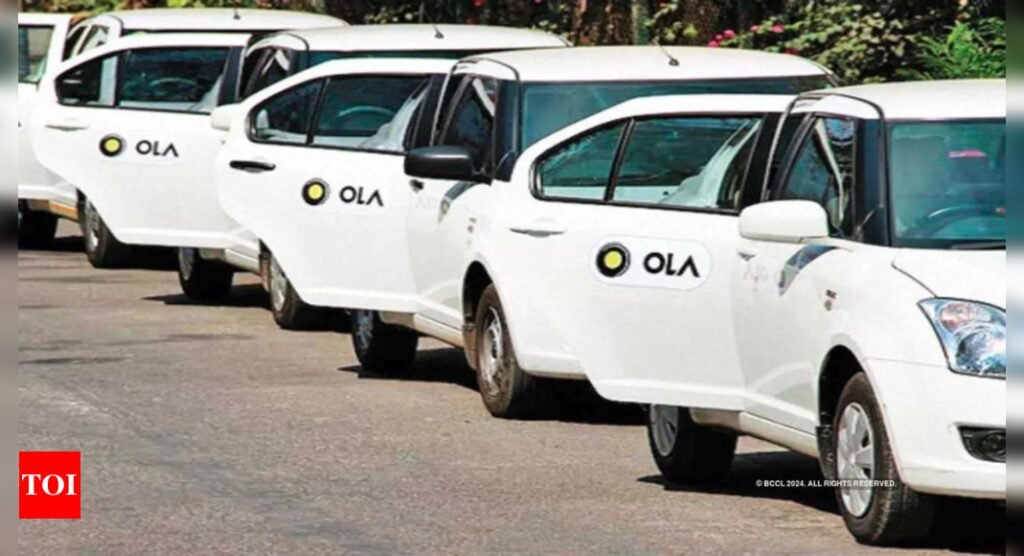Offer refund choice to users: Consumer panel to cab company

NEW DELHI: Central Consumer Protection Authority (CCPA) has directed ride-hailing platform Ola to offer a choice to customers to either opt for a refund directly in their bank accounts or a coupon that can be redeemed against booking another ride. It observed that only giving a coupon is “unfair trade practice“.
The authority also instructed the company to provide customers with a bill, receipt or invoice for all auto rides booked through its platform for greater transparency and accountability.
The CCPA, led by chief commissioner and consumer affairs secretary Nidhi Khare, observed that whenever a customer raised a grievance on the Ola app, the company, as part of its no-question-asked refund policy, only provided a coupon code, which could be used for the next ride, without giving the customer a clear choice between a bank account refund and a coupon.
“This violates consumer rights, and the no-question-asked refund policy cannot mean that the company incentivizes people to simply use this facility for taking another ride,” CCPA said.
The consumer rights protection watchdog also observed that if a customer attempted to access an invoice for auto rides booked on Ola, the app showed the message “Customer invoice for auto rides will not be provided due to changes in Ola’s auto service T&Cs”. The CCPA said this was also an “unfair trade practice” under the Consumer Protection Act.
CCPA said 2,061 complaints against Ola were lodged with the National Consumer Helpline and the main complaints were higher fare charged from a consumer than what was shown at the time of booking, non-refund of amount to consumer, driver asking for extra cash, and driver either not reaching the correct location or not dropping at correct location.
Following CCPA’s intervention, Ola has implemented several changes, including displaying contact details of grievance and nodal officers on its website, clearly mentioning cancellation policies and fees at the time of booking, adding more options for ride cancellation reasons, and publicising fare component breakdowns.
The other changes implemented were displaying the pickup and drop location addresses to drivers, and revised payment cycles for drivers for swift payment.







